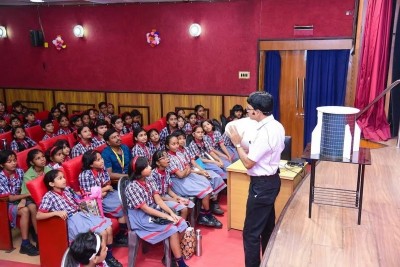UN reports on new roadmap to boost small-scale, family forest producers
In two separate co-publications, the UN Food and Agricultural Organization (FAO) wrote that indigenous peoples, local communities and private smallholders own or manage a growing proportion of the world’s forests and can play a significant role in tackling deforestation and reducing poverty if they band together.
“Coming together in forest and farm producer organizations can help overcome their isolation as well as other very real constraints such as a lack of secure forest tenure and financial and business development instruments,” said FAO Forestry Officer Jeffrey Campbell.
Two policy papers, published by the Forest and Farm Facility (FFF), a partnership between FAO, the International Institute for Environment and Development (IIED) and the International Union for Conservation of Nature (IUCN), argue that a better policy environment, coupled with targeted support to help small-scale forest and farm producers organize could overcome some of the challenges these groups face.
A crucial constraint is their isolation from each other, from markets, information, business services, policymakers, financing and investment opportunities.
“They must compete with large-scale businesses that often receive preferential treatment, access to markets, financing and resources,” . Campbell explained.
According to the report authors, there are six ways to help forest and farm producer organizations become more effective.
These are summarized as increasing the visibility of forest and farm producer organizations in policymaking; helping forests and farm producers build capacity; creating an enabling environment; clearing a path for increased finance; connecting forest and farm producers with services; and encouraging a global coalition.
The release of the reports comes one week after the 22nd Session of the FAO Committee on Forestry was held in Rome during World Forest Week. One of the main themes of the session was shifting the focus from data collection and policymaking in respect to forests, to the people who are managing the forests – in other words, from trees to people.
Support Our Journalism
We cannot do without you.. your contribution supports unbiased journalism
IBNS is not driven by any ism- not wokeism, not racism, not skewed secularism, not hyper right-wing or left liberal ideals, nor by any hardline religious beliefs or hyper nationalism. We want to serve you good old objective news, as they are. We do not judge or preach. We let people decide for themselves. We only try to present factual and well-sourced news.







